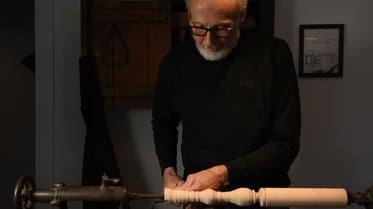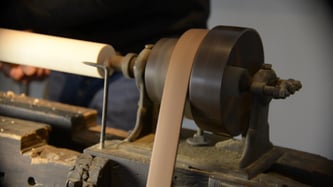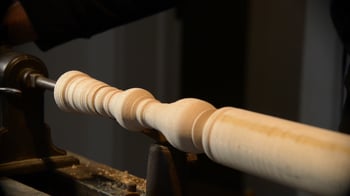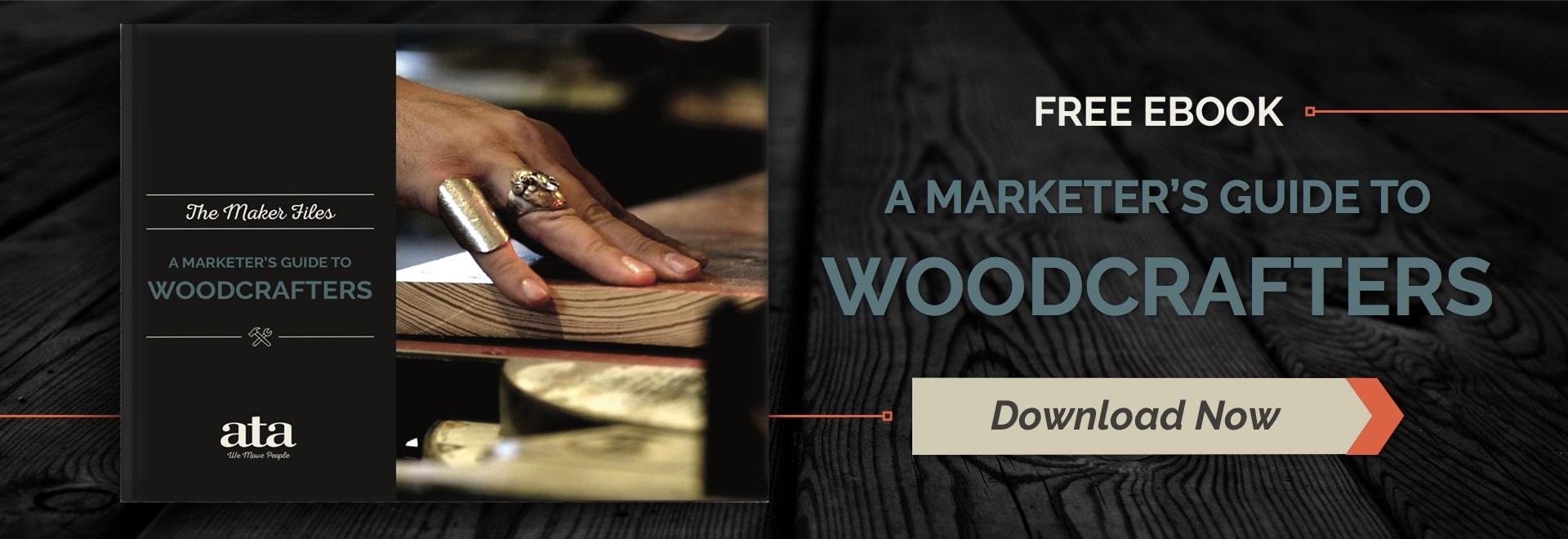 Woodturning is one of the most diverse and developed segments of modern woodcrafting. With roots that stretch much farther back than the Industrial Revolution, the craft rests somewhere between hand carving and machine production, blending the two sides of woodworking almost seamlessly. From small projects to larger architectural builds, woodturning's hands-on nature embraces the natural potential of each piece of wood placed on the lathe.
Woodturning is one of the most diverse and developed segments of modern woodcrafting. With roots that stretch much farther back than the Industrial Revolution, the craft rests somewhere between hand carving and machine production, blending the two sides of woodworking almost seamlessly. From small projects to larger architectural builds, woodturning's hands-on nature embraces the natural potential of each piece of wood placed on the lathe.
But what exactly is the place of woodturning within the woodworking market today? In this post, we'll discuss all of the background information, statistics, and demographics you need to understand in order to connect with today's woodturners, as well as provide an outlook into what types of woodturning projects are popular today.
Woodturning History and Basics
Woodturning began with the invention of the earliest lathe in 1300 BC in Egypt, which originally took two people to turn (before the innovations of adding pedals, horses, and motors to turn the apparatus). However, by the early 20th century, the availability of affordable lathe machines increased the popularity of woodturning as a hobby (particularly after WWII). From the 1960s onward, the artistic developments of crafters like Prestini, Stocksdale, and many others helped woodturning gain mainstream visibility and a status as a true fine art.
 The principle of woodturning is simple in concept: instead of moving your tools in order to cut and carve a piece of wood into your desired design, why not move the wood instead? The central lathe spins the piece of wood, while the crafter holds their chosen tool in a relatively stationary spot, adjusting slowly to create different contours in the wood. That's why woodturning projects are generally rounded items; because the lathe is spinning in a constant circle as the crafter carves around it.
The principle of woodturning is simple in concept: instead of moving your tools in order to cut and carve a piece of wood into your desired design, why not move the wood instead? The central lathe spins the piece of wood, while the crafter holds their chosen tool in a relatively stationary spot, adjusting slowly to create different contours in the wood. That's why woodturning projects are generally rounded items; because the lathe is spinning in a constant circle as the crafter carves around it.
Besides a lathe, woodturners need a variety of other tools, including carving implements, files, routers, sandpaper, stains/dyes, lacquers, and adhesives. Woodturning projects can be completed using one piece of wood or with several that are assembled after turning to create large or abstract objects. Though there are a few different woodturning techniques depending on the direction of the wood grain, the turning of wood on its axis is the defining featuring of woodturning. Measures should be taken to ensure the safe operation of a lathe, especially at high speeds, including wearing protective gear and gaining confidence and experience with the tools.
Woodturner Statistics and Demographics
One way to get to know the people behind the woodturning craft is by the numbers. Keeping in mind that all woodturners can differ from the averages presented by demographic information, taking a look at woodturning as a whole can help your brand truly understand who you're marketing to.
The American Association of Woodturners is one of the largest woodturning clubs in the U.S. with over 16,000 current members. However, there are certainly more woodturners out there who are not registered with a chapter of AAW, so overall numbers of crafters are presumably even greater.
According to the results of a 2015 survey by Richmond Woodturners:
- 30% of woodturners have been practicing their craft for more than ten years. However, another 28% have been turning for fewer than five years.
- 65% have joined more than one woodturning club.
- 50% have had some form of woodturning training, ranging from high school wood shop classes to professional seminars and workshops.
- 38% have participated in a woodturning demonstration
- 45% list a bowl gouge as their favorite woodturning tool
- 63% are interested in collaborating on a turning project
While these averages should give you an idea of what the woodturning community values, it's also important to get to know the real individuals behind the craft as well. Click here to read our 1-on-1 interview with woodturner and chair maker Richard Grell and watch our Maker Files interview video.
Popular Woodturning Projects

While some projects, like furniture and home decor, have become staples of the woodturning community, a quick scroll through Pinterest or member profiles on any woodturning organization site reveals the wide range of woodturning projects that are most popular today. Some of the most popular woodturning projects include bowl and kitchen utensils, pens and tools, jewelry and keepsake boxes, vases and decor, and candlesticks.
Respondents to the 2015 Richmond Woodturners survey listed their favorite types of turning projects as follows:
- 60% bowls
- 27% spindles
- 23% lidded box
- 22% hollow form
- 22% plates and platters
- 13% decorative art
- 13% other
While woodturning is among one of the oldest craft segments, especially when it comes to wood-based crafts, its resurgence in popularity thanks to the work of popular artists and the Maker Movement in general has only increased its visibility in the modern craft market. By getting to know who woodturners are and what inspires and motivates them to keep creating, your brand is one step closer to forming those valuable connections that help turn a potential customer into a brand-loyal advocate within their own circles.




